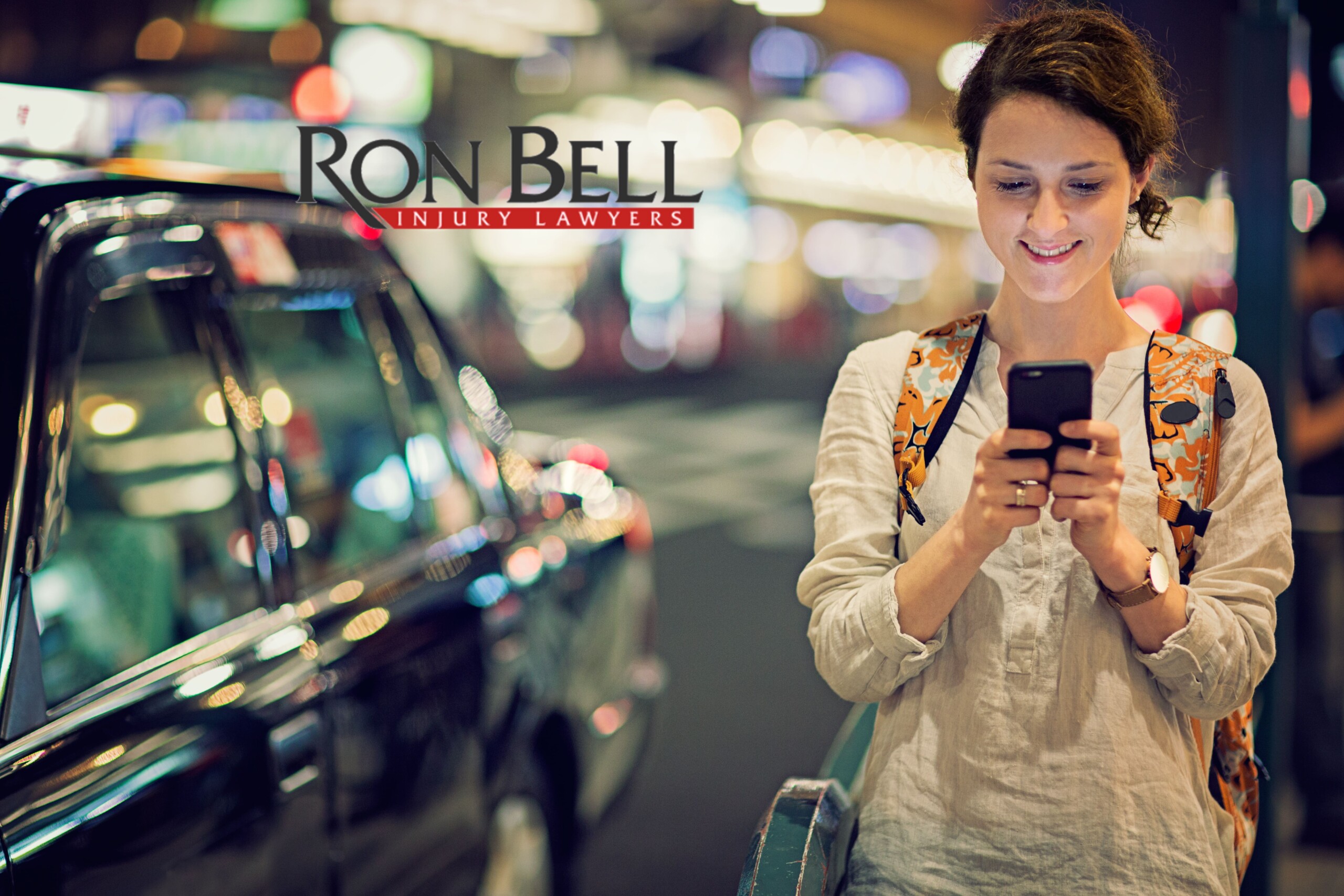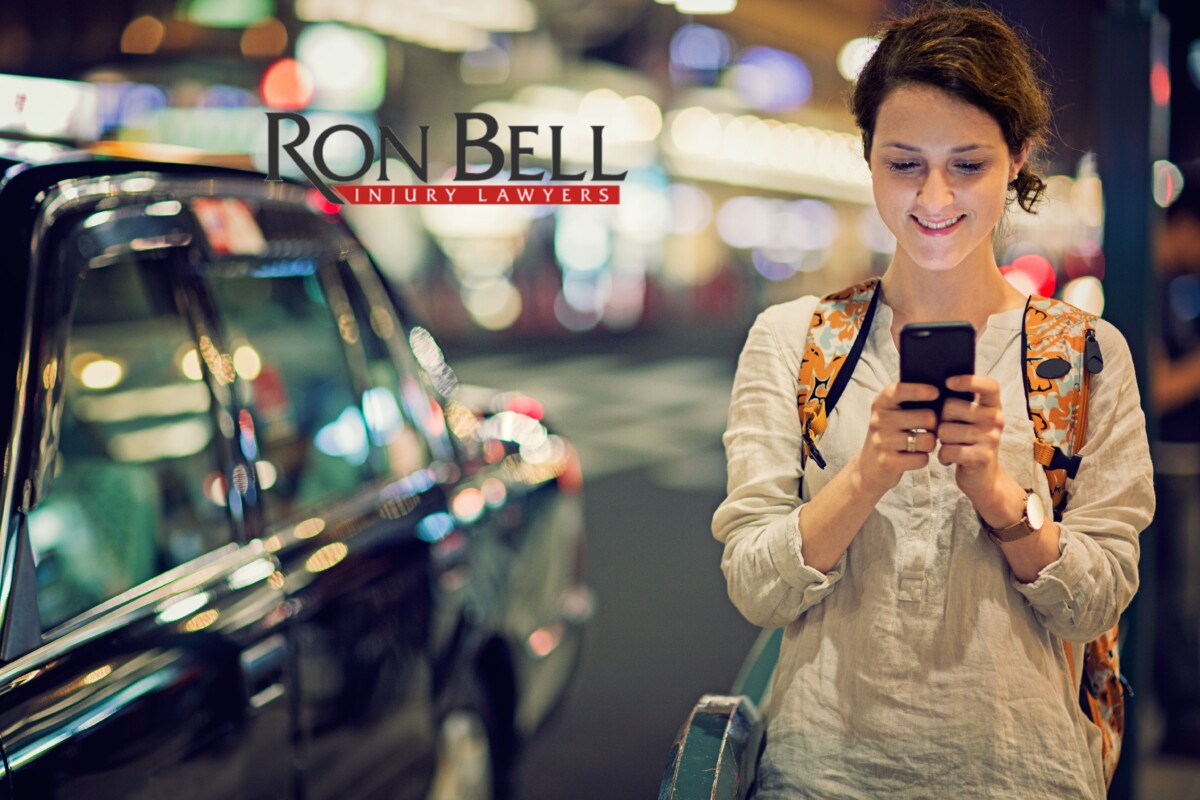
Uber and Lyft – Ridesharing Liability
August 18, 2017
Despite recent evidence showing that using Uber, Lyft, and other ridesharing services can increase personal safety, unexpected accidents still occur.
Since Uber and Lyft drivers are classified as “independent contractors” rather than employees, knowing who to hold responsible for damages and liability can be challenging.
“Companies like Uber and Lyft have notoriously worked to avoid as much responsibility as possible when it comes to accidents like telling drivers to file claims through their personal insurance first before the company’s policy,” claimed a 2015 article by Fortune Magazine.
The writer of the article had been a victim in an Uber car accident that was cared for by Uber’s insurance. However, in more recent years, both Uber and Lyft have tried to make it clearer who pays for what, and when.
Uber Pre-Screening
Uber drivers go through a screening process that checks driving history and runs a background check to ensure that drivers don’t have a history of bad driving or recklessness, prior to being permitted to use the platform with their personal vehicles. One way that they ensure this is by requiring many drivers to have CDL certifications, which are state and federally regulated.
“That said, no means of transportation can ever be 100% safe,” Uber said via a press release. “Accidents and incidents will always happen. And when it comes to screening, every system has its flaws. That’s partly because past behavior may not accurately predict how people will behave in the future, but also due to the fact that no system in the U.S has a one hundred percent accurate record of the past. That’s why we continue to invest in new technologies that help keep riders and drivers safe before, during, and after every ride.”
Uber Car Insurance Coverage
To protect their drivers and passengers, Uber also requires drivers to have their own personal car insurance. Above that, drivers are covered with commercial liability when on the job, with the coverage depending on at what point the driver was in the ridesharing process.
There are three periods of the driver’s day that are explained in the insurance policy.
- Offline – The driver’s personal insurance is responsible.
- Uber App “Online” (a.k.a. available to new passengers) – Commercial insurance is provided by Uber for liability injury and property damage.
- Accept a Trip (a.k.a. en route to the customer and through to the destination) – Uber provides liability insurance, uninsured/underinsured motorist coverage, collision, and comprehensive coverage.
Liability to passengers and other motorists is covered from the moment a driver accepts a trip to its conclusion. During a trip, Uber will cover $1 Million of liability coverage over any personal auto coverage – something they’ve offered since 2013.
They also provide $1 Million for uninsured/underinsured motorists bodily injury coverage.
Simply put, if a driver is not “Online” and is involved in an accident, or hurts someone, his own personal insurance may be used and Uber will not see him as an employee they will cover.
If the driver is en route to an accepted traveler or carrying a passenger to their destination, Uber’s commercial insurance would come into play in the event of an accident or personal injury.
If involved in an accident, drivers are expected to deal with the proper authorities, exchange information and contact Uber immediately to explain the accident.
“We are proud of these policies,” says Uber in the Press Release. ()
Lyft Insurance
Uber competitor Lyft provides a similar level of insurance to its drivers “from the time you accept a ride request until the time the ride has ended in the app.”
- Driver Mode Off (The Lyft app is off and the driver is unavailable to accept ride requests.) – The driver’s personal insurance is responsible.
- Driver Mode On, but No Rider (Lyft app is on and the driver is available to accept ride requests.) – Lyft’s Contingent Liability covers the driver for a maximum of $50,000 per person, $100,000 per accident, and $25,000 for property damage.
- Ride Accepted to End of Lyft Ride – $1 Million per accident limit. If the driver already has commercial insurance, Lyft’s coverage continues in excess of their commercial insurance. It will also provide uninsured and underinsured motorist coverage.
Similar to Uber, if someone is hurt in a car accident while the Lyft driver is “offline”, the Lyft driver’s insurance would be responsible. If the driver had “Driver Mode” on or has a passenger, Lyft’s commercial insurance kicks in.
If involved in an accident, Lyft drivers are expected to contact the appropriate authorities, exchange information and immediately contact Lyft’s Critical Response Line which is available 24 hours a day.
“We’re committed to pushing the insurance industry to innovate quickly and create unique solutions for our drivers,” Lyft said in a Press Release.

